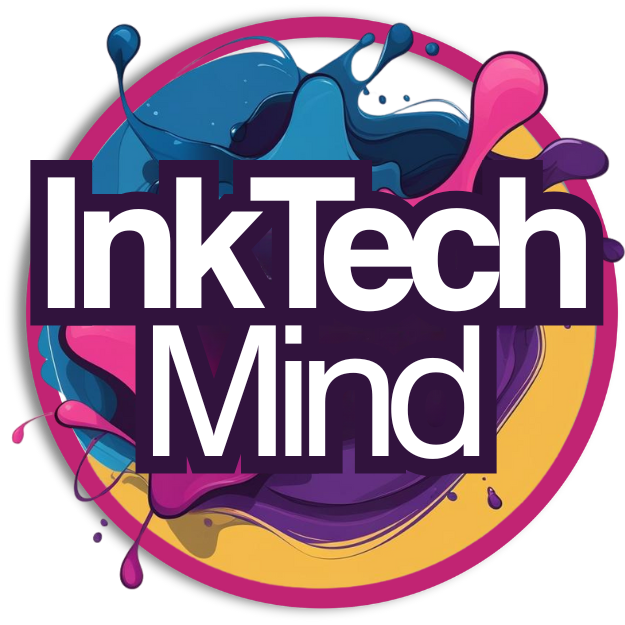Hackers hate when you read this.
Last week, attackers slipped into Snowflake customer accounts like they owned a spare key. No zero-day magic. No movie hacking. Just stolen logins and missing locks. Several big-name companies reported data accessed. Snowflake said the root issue wasn’t its core platform breaking—but customers without multifactor authentication and reused credentials getting exploited. Think: leaving your front door open, then blaming the hinges.
Here’s the kicker: the gang behind it allegedly used credentials scraped from infostealer malware, then brute-forced weak spots where MFA wasn’t turned on. Investigators linked the activity across multiple victims. Same playbook. Different houses. The FBI and international partners chimed in, warning that cloud accounts without MFA are basically buffet lines.
Snowflake pushed emergency guidance. Rotate keys. Enforce MFA. Kill legacy access tokens. Monitor unusual logins like a hawk that went to finishing school. The company also rolled out detection scripts, because sometimes you need receipts to believe your fridge is empty.
What’s wild is how familiar this is. Cloud security isn’t some arcane art. It’s seatbelts and smoke alarms. Yet many teams still treat MFA like floss: important, sure, but maybe tomorrow. Attackers love tomorrow.
Picture it like a hotel: the platform is the building—sprinklers, cameras, lobby guards. Your account is the room. If you tape your keycard under the mat (password reuse), the best lobby guard alive can’t stop the pizza guy with a hoodie and a dream. And if you never change the keycard after a party—well, enjoy your new roommate.
A few secrets hackers don’t want headlining the menu:
– Most “cloud breaches” start with ordinary creds. Not wizardry. Wallets beat wands.
– MFA kills a huge chunk of attacks. Add phishing-resistant MFA, and you slam the door shut.
– Least privilege is a superpower. Overprivileged service accounts are candy stores for intruders.
– Logs matter. If you can’t see it, you can’t stop it. Centralize and alert on weirdness fast.
– Rotate tokens and API keys like milk. Expire them before they turn.
– Block legacy protocols. They’re basically time machines to 2011, and criminals love vintage.
– Backups aren’t enough. Test restores. Ransomware negotiates with people who don’t rehearse.
Back to Snowflake: the news is a reminder that cloud platforms are sturdy, but accounts are human. Humans reuse passwords. Malware steals them. Attackers connect the dots while you sip coffee and click “remind me later.”
So here’s your coffee-order security checklist:
– Turn on MFA for every human and bot. Prefer passkeys or hardware keys.
– Nuke unused accounts. Ghost users are freeloaders and snitches.
– Lock network access with IP rules and conditional access.
– Tag sensitive data. Watch who touches it and when.
– Automate anomaly alerts: impossible travel, mass downloads, off-hours API spikes.
– Run incident drills. Muscle memory beats panic Googling.
The cloud isn’t a haunted house. It’s a shared house. Keep your door locked, your keys fresh, and your roommates honest.
Because the scariest “secret” in cloud security is this: most breaches aren’t breakthroughs. They’re walk-throughs.

